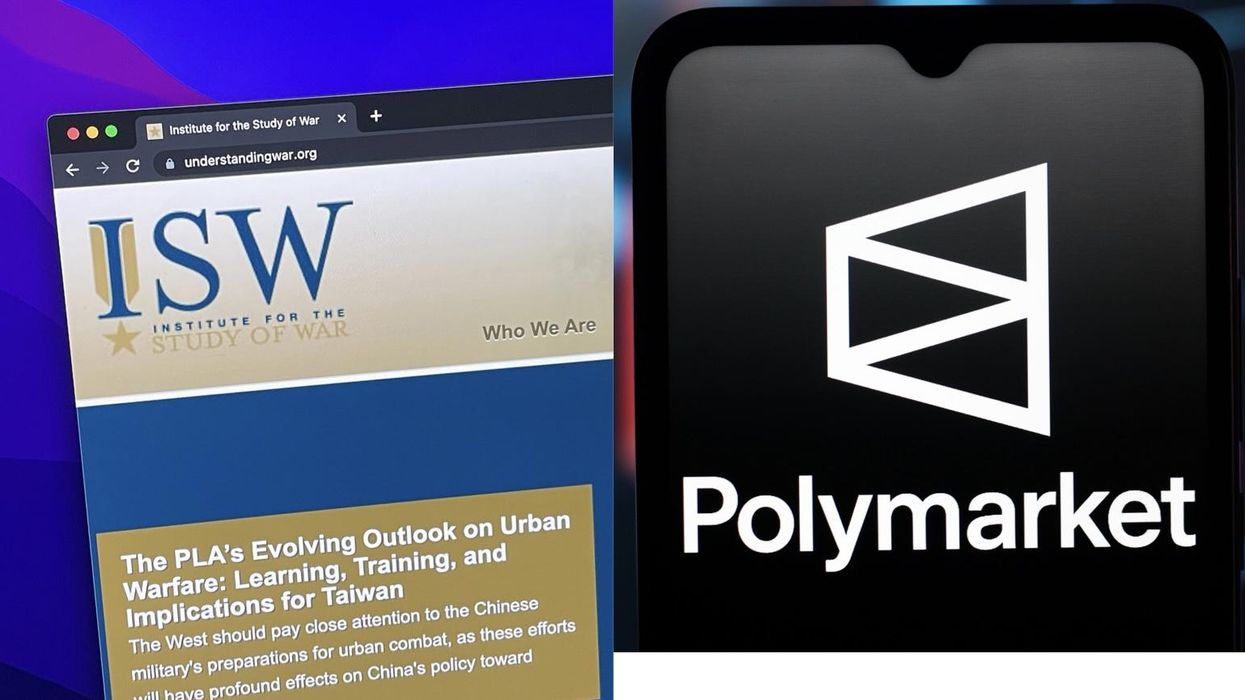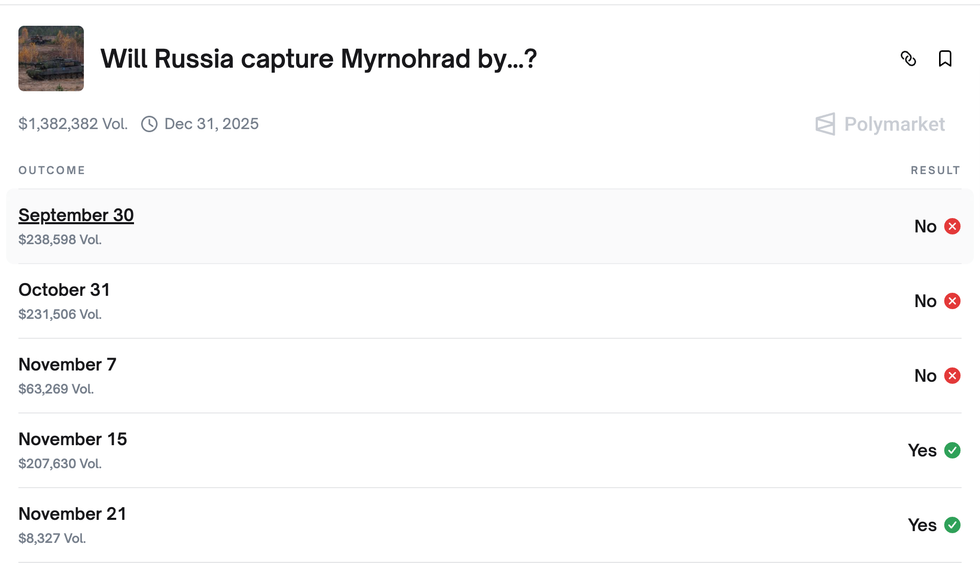When General Omar Bradley, the first chairman of the Joint Chiefs of Staff, addressed the U.S. Congress in 1951, he warned that to react to a massive communist Chinese counter-offensive across the Yalu River by sending U.S. troops into Manchuria would be “the wrong war, at the wrong place, at the wrong time, and with the wrong enemy.” By the time the People’s Republic of China (PRC), the Democratic People’s Republic of Korea, the Republic of Korea, and the United States finished hammering out a ceasefire three years later, the border had shifted a few miles to the north, while 36,000 Americans and approximately 3 million Koreans had lost their lives.
Experts, historians, and even a sitting U.S. senator have heralded a “new Cold War” with China. The phrase even entered official discourse after the Global Times — a quasi-official Chinese Communist Party English-language media outlet — fired off the Twitter hashtag #newcoldwar.
Faced with a rising peer competitor for the first time since 1991, the greatest risk is not that Americans would fail to learn the Cold War’s lessons, but that they are learning the wrong ones. In recalling a heroic age when tough-minded American diplomats out-thought their Soviet counterparts, spreading peace and prosperity liberally about the globe, entrapping the Kremlin in snares of its own devising, the new cold warriors have overlooked the true architect of the United States’ greatest setbacks during the Cold War — the very People’s Republic of China they wish to confront today.
Analogies are bewitching things, invoking tantalizing (and often falsified) shared memories as bespoke solutions to big, complex challenges. The crafters of U.S. foreign relations spent decades haunted by British Prime Minister Neville Chamberlain’s declaration of “peace in our time” after he appeased Adolf Hitler’s demands for Czechoslovakian lebensraum at Munich in 1938.
Before he became John Kennedy’s national security adviser, McGeorge Bundy would entrance Harvard students by reenacting the dramatic scene. As David Halberstam put it in his Pulitzer Prize-winning study of how America’s “best and brightest” fell into the Vietnam War during the Kennedy and Lyndon Johnson presidencies, the “lesson was of course interventionism, and the wise use of force.”
After Republicans attacked Harry S. Truman in 1949 for “losing China,” the president felt compelled to intervene when North Korean Supreme Leader Kim Il-Sung’s armies crossed the 38th Parallel one year later. Months earlier the U.S. Joint Chiefs of Staff had judged the Korean peninsula “of little strategic value to the United States” and military action there “ill-advised and impracticable.”
When he reversed course, Truman cited the fascist land grabs of the 1930s in “Manchuria, Ethiopia, [and] Austria” to justify military intervention under the United Nations and the leadership of General Douglas MacArthur, transforming the Cold War from an economic standoff in central Europe to a full-blown contest for supremacy across the Eurasian landmass.
For the Cold War’s first quarter century, Asia was a millstone around U.S. leaders’ necks. While U.S. Pershing tanks and Thor missiles kept the peace in Europe, to Truman, Dwight D. Eisenhower, Kennedy, Johnson, and Richard Nixon, Eurasia’s eastern littoral jutted out like an exposed flank.
The University of Virginia’s Melvyn Leffler and Atlantic Council nonresident senior fellow Ali Wyne have separately remarked, the U.S.-Soviet Cold War falls flat as an analogy in many ways. There are nonetheless some lessons that policymakers should draw from the concurrent, bloodstained feud between the United States and Mao’s China.
The Korean War — the Cold War’s deadliest — exemplified the dangers of picking the wrong analogy. Although Soviet-American tensions had been on the ascent since 1946, it was in Korea that the Cold War reached terminal velocity, after the twin shocks of the communist victory in the Chinese Civil War and the Soviet Union’s first nuclear test. George Kennan, the Russia hand who first enunciated a strategy of containing the Kremlin “with unalterable counterforce” wherever it looked to advance, would become a forceful critic of U.S. policy toward nuclear weapons and Vietnam. In 1950, however, he praised Truman’s decision to wage war on the Korean Peninsula as “unquestionably the correct one,” missing how Mao might throw the battle-tested People’s Liberation Army into the fray, let alone how containment’s militarization would lead his country down a series of dead-ends across the Pacific.
While the “domino theory” envisaging a chain reaction of collapsing anticommunist regimes from Vietnam to India is usually associated with Eisenhower, it was Truman who first enunciated such a fear. “If we were to let Asia go,” he warned after Kim’s forces moved south in 1950, “the Near East would collapse and no telling what would happen in Europe.” Legends of Moscow’s bid for “domination of the Eurasian land mass” yielded immoderate national-security blueprints like NSC 68, whose sole reference to “Asiatics” imagined faceless, truculent masses spellbound by the Soviet Union’s swift evolution “from a backward society to a position of great world power.”
While Leninist anti-imperialism resonated with societies that had witnessed imperial rule and trade preferences firsthand, it was wars of national liberation from British, Dutch, French, and Japanese rule, rather than Soviet influence or communist zealotry, that most threatened America’s archipelago of military bases and fortified islands on the second island chain.
In Indochina, France’s failed counterinsurgency campaign induced Eisenhower and Kennedy to “assume the burden” for Saigon’s defense, first by financing the French war effort, then by replacing French legionnaires with American GIs. While Washington paid the bills, Asians paid the price. In 2008, the British Medical Journal estimated more than 3 million lives were lost during the American phase of the Indochina wars. From 1965 to 1973, the U.S. Air Force dropped more bombs on North Vietnam than all those dropped during the Second World War. Landmines continue to maim and kill, injuring more than 60,000 Vietnamese civilians and ending the lives of another 40,000 since 1973.
Even as U.S Marines landed at Danang, Sino-American competition brought on another wave of bloodletting in Indonesia. From 1965 to 1966, The Indonesian Army and paramilitary bands directly and indirectly supported by the U.S. government murdered as many as 500,000 suspected Partai Komunis Indonesia (PKI) supporters and overthrew Sukarno, the founder of the world’s fourth most populous country and leader of the Afro-Asian movement.
Disturbed by Sukarno’s declaration of a “Beijing-Pyongyang-Hanoi-Phnom Penh-Jakarta Axis” and emboldened by a failed PKI coup in September 1965, U.S. officials helped finance Major General Suharto’s counter-coup, which descended into six months of mass killings and 35 years of authoritarian rule. It was not fear of Soviet expansion or even communism per se that prompted the CIA to funnel $15 million to the Indonesia Army; it was fear of the Chinese Communist Party spreading its influence.
As U.S.-PRC relations deteriorate to levels not seen since Tiananmen Square, the superficial bipartisan consensus on challenging Beijing is tempting the same fates as Truman, Kennan, Eisenhower, Kennedy, Johnson, and Nixon. Cold war is less a model than a cautionary tale, less useful for guiding future action than for illuminating potential errors: not to mistake local grievances for global machinations; not to seek global dominance but instead regional equilibria; not to set out in search of monsters to destroy but rather first to tend to one’s own garden.
In their long effort to beat back Soviet influence, an earlier generation of Cold Warriors strew distrust, damage, and death across Asia by ignoring these maxims. Avoiding their mistakes requires more than reciting triumphalist, Euro-centric narratives of the Cold War, in which masterly foreign policy elites dominated a sanitized geopolitical chessboard. It demands a new framework for balancing might and right in a 21st century world through multilateral engagement and principled cooperation.

















